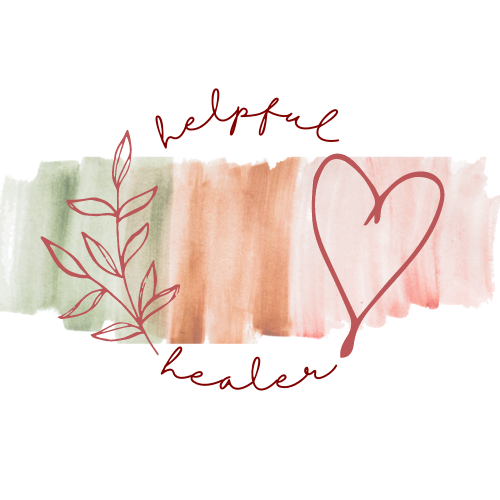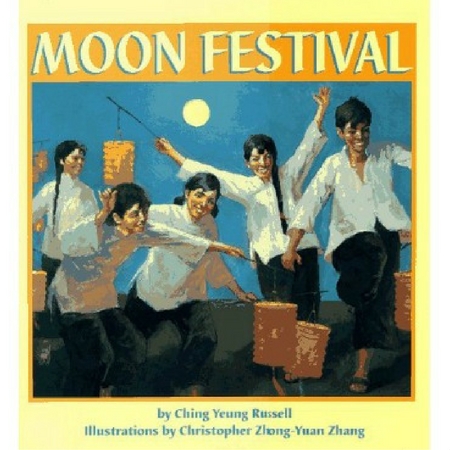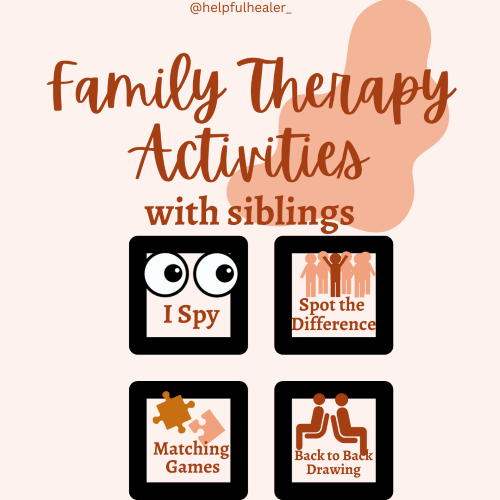In honor of the Superbloom happening in California this Spring I was inspired to create this Flowers vs. Weeds worksheet to help students/children understand helpful vs. unhelpful thoughts. I liked the analogy of a gardener coming in a needing to weed the garden in order to help the flowers grow. In a similar way our heads get filled with negative self-talk throughout the day blocking the positive, affirming thoughts from coming through. Use this worksheet as a good exercise and conversation starter about our inner voice!
Developmental Age: 7+
Goals/Objectives: Cultivate positive inner voice, building self-esteem, building confidence and sense of self, identifying positive traits of oneself, reducing anxiety and depressive symptoms
Materials Needed: Worksheet (download below), coloring supplies such as markers, crayons or colored penciles
HOW TO: Use the analogy of what is the role of a gardener in a garden to help flowers grow. We can talk about needing to water the flowers, helping put them in healthy soil and picking out the weeds frequently so they do not overgrow the garden. Say how in a similar way there are thoughts in our brain (garden) that are like the flowers or the weeds. The helpful thoughts are the flowers we want to continue to grow and flourish. There are also unhelpful thoughts that can spring up suddenly that we have the power to pick out. Let’s fill out the worksheet together where you cross off thoughts you think are negative/unhelpful and color in the ones you think are positive/helpful.


































